Hamamatsu City, Shizuoka Prefecture is home to world-famous musical instrument makers such as Yamaha, Kawai, and Roland. It has been loved for a long time as a "city of music". At the Hamamatsu Museum of Musical Instruments near Hamamatsu Station, you can see and experience historical musical instruments from around the world.
I closely followed the "Hamamatsu Museum of Musical Instruments" to learn about the fascination of musical instruments with a sense of history.
*Information is current at the time of the interview.
Please check the latest information of each facility and store.
Table of Contents
What is the Hamamatsu Museum of Musical Instruments?

The Hamamatsu Museum of Musical Instruments is located about a 10-minute walk from Hamamatsu Station. It opened in April 1995 as Japan's first public musical instrument museum. Musical instruments collected from all over the world are on public display, and special exhibitions, lecture concerts, and workshops are also held.

Hamamatsu City has long had a thriving musical instrument manufacturing industry, including Yamaha, Kawai, and Roland. Hamamatsu City has been promoting itself as a "music city" since 1981.
As one of its central facilities, it was created as a place for music learning for everyone, from children to adults, with the world-class concept of "treating instruments and music from around the world equally".
In 2014, it won the world-famous Fumio Koizumi Music Award. It is counted as one of the world's musical instrument museums.
A row of musical instruments from all over the world!

The museum introduces musical instruments by dividing them into areas from around the world. First of all, this is the "Asia area" near the entrance. Colorful and gorgeous musical instruments will welcome you.

This is Myanmar's hsaingwaing. There are drums and other musical instruments, and the performers make sounds. It is a very lively sound that entertains people.


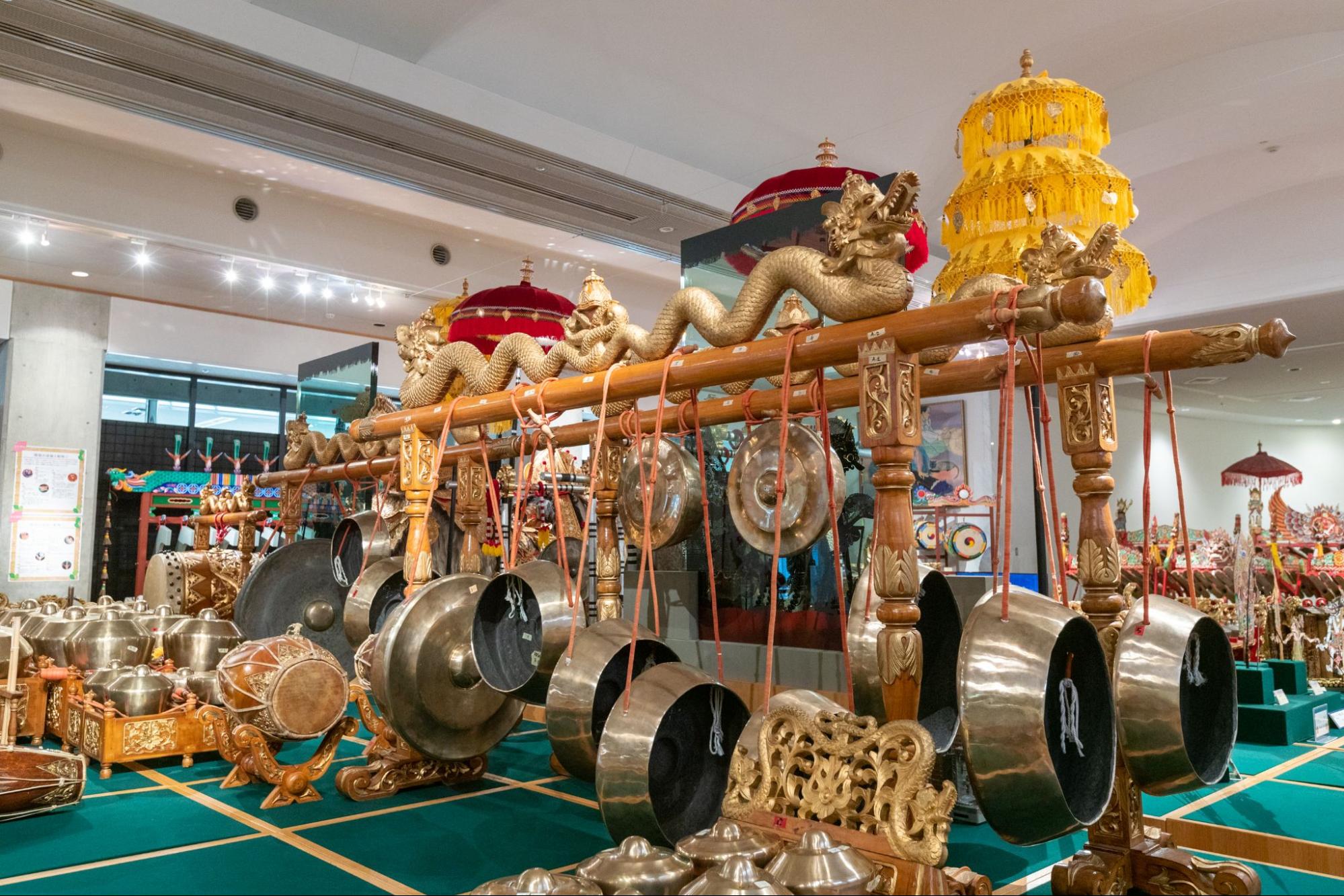

Gamelan in Indonesia is also a masterpiece! You can see historical instruments up close.

Korean palace instruments. The colorful shades are exciting!

Mongolian historical musical instrument "Batokin". The sound is produced by rubbing two strings with a bow. It is a very famous instrument that appears in <Suho's White Horse>, which is learned in Japanese language textbooks.

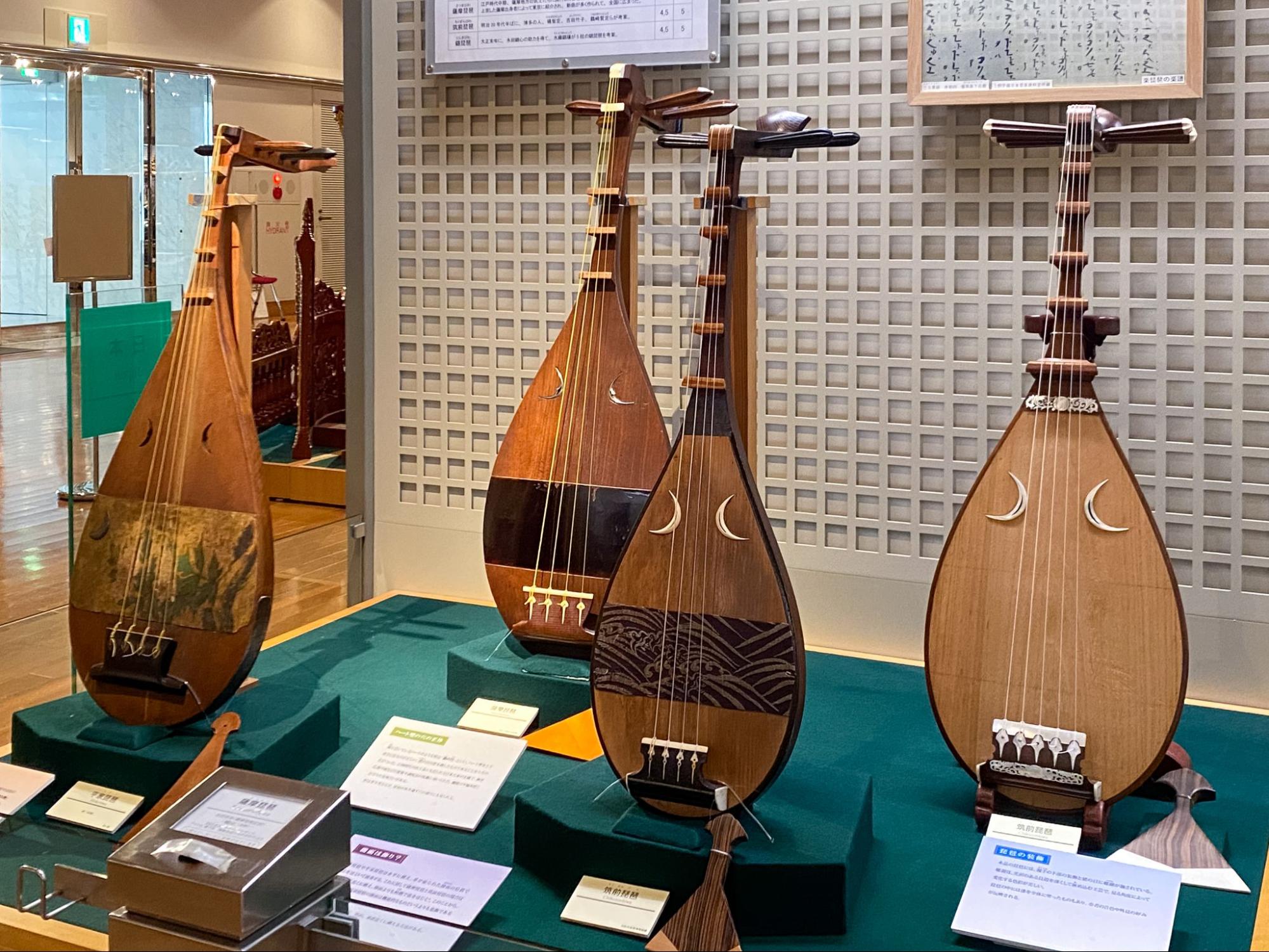

This is the Japanese area. Visitors can see a variety of instruments that they would not normally see, including historical instruments such as gagaku instruments and shakuhachi (bamboo flute), as well as taiko drums used in festivals and other events.

This area is lined with musical instruments from America, Africa, and Europe.

In the Oceania area, the world's largest ceremonial crackle drum from Vanuatu and a ceremonial bamboo transverse flute from Papua New Guinea. All of these instruments have a sense of history.

In the Americas area, they have a wide variety of traditional instruments such as the world's largest Guatemalan marimba and Andean instruments. There are also traditional musical instruments used by the indigenous people of the Maya and Aztec civilizations during rituals.

The marimba is said to have originated in Africa. The indigenous people brought it to the Americas, and the marimba instrument was born. One of the attractions of this facility is that you can enjoy the origins of musical instruments while unraveling the history.

In the European area, you can find a wide variety of wind and string instruments from the 18th and 19th centuries. You can feel the changes and history until it became a modern instrument.
Experience keyboards and electronic instruments
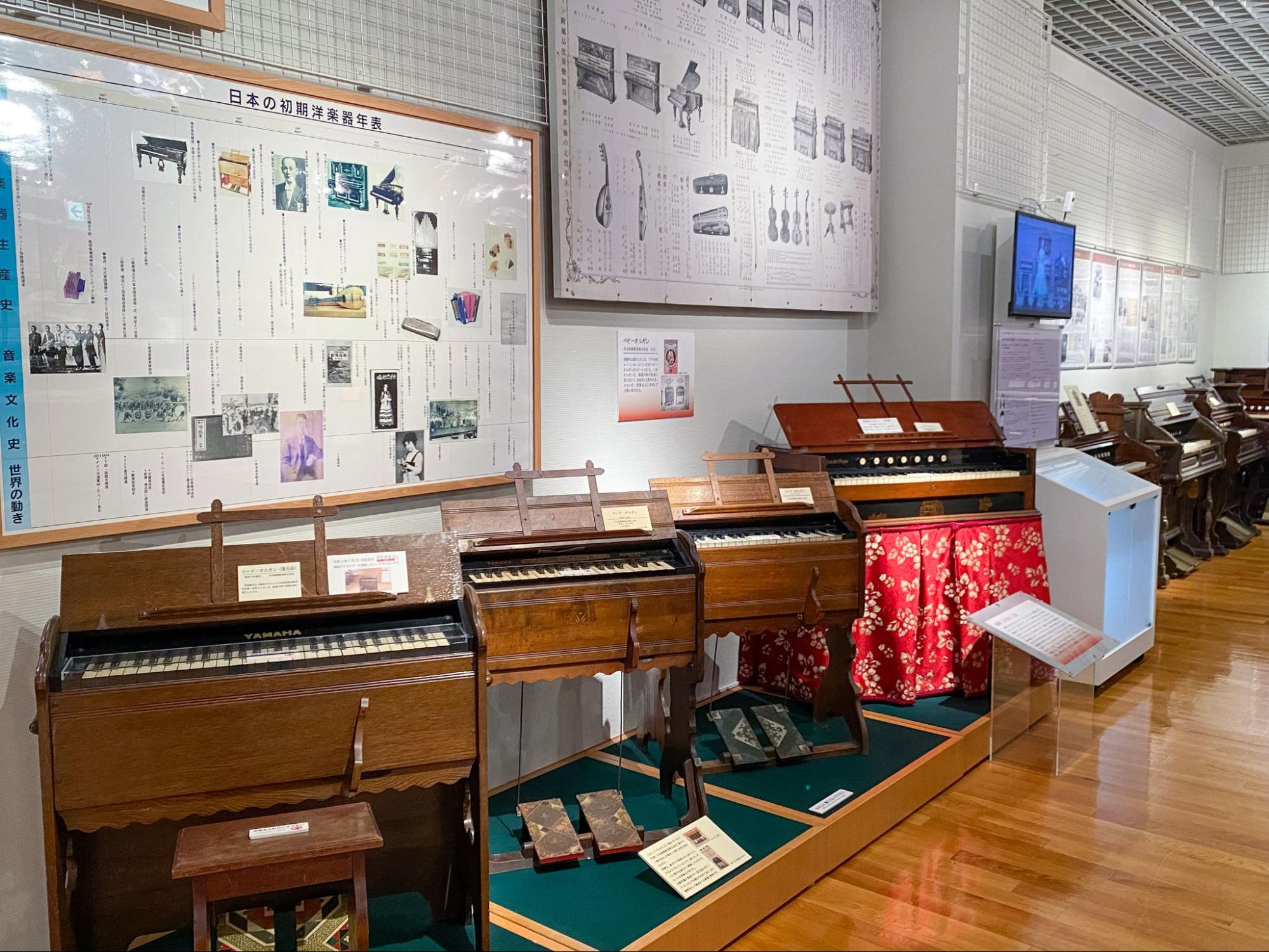
In the hall, there are various keyboard instruments that make you feel the history.
This is the domestic western musical instrument area. This is a foot-operated reed organ around 1888. A reed organ is a mechanism in which the pedals are stepped alternately and the keyboard is pressed, causing wind to flow through the reeds and produce sounds. Since the Meiji period, it has been used in music education at elementary schools.

This is the electronic musical instrument area. Electronic musical instruments that symbolize the 20th century are lined up, from Western-made instruments to those of global Japanese manufacturers. It's an irresistible space for electronic musical instrument enthusiasts!

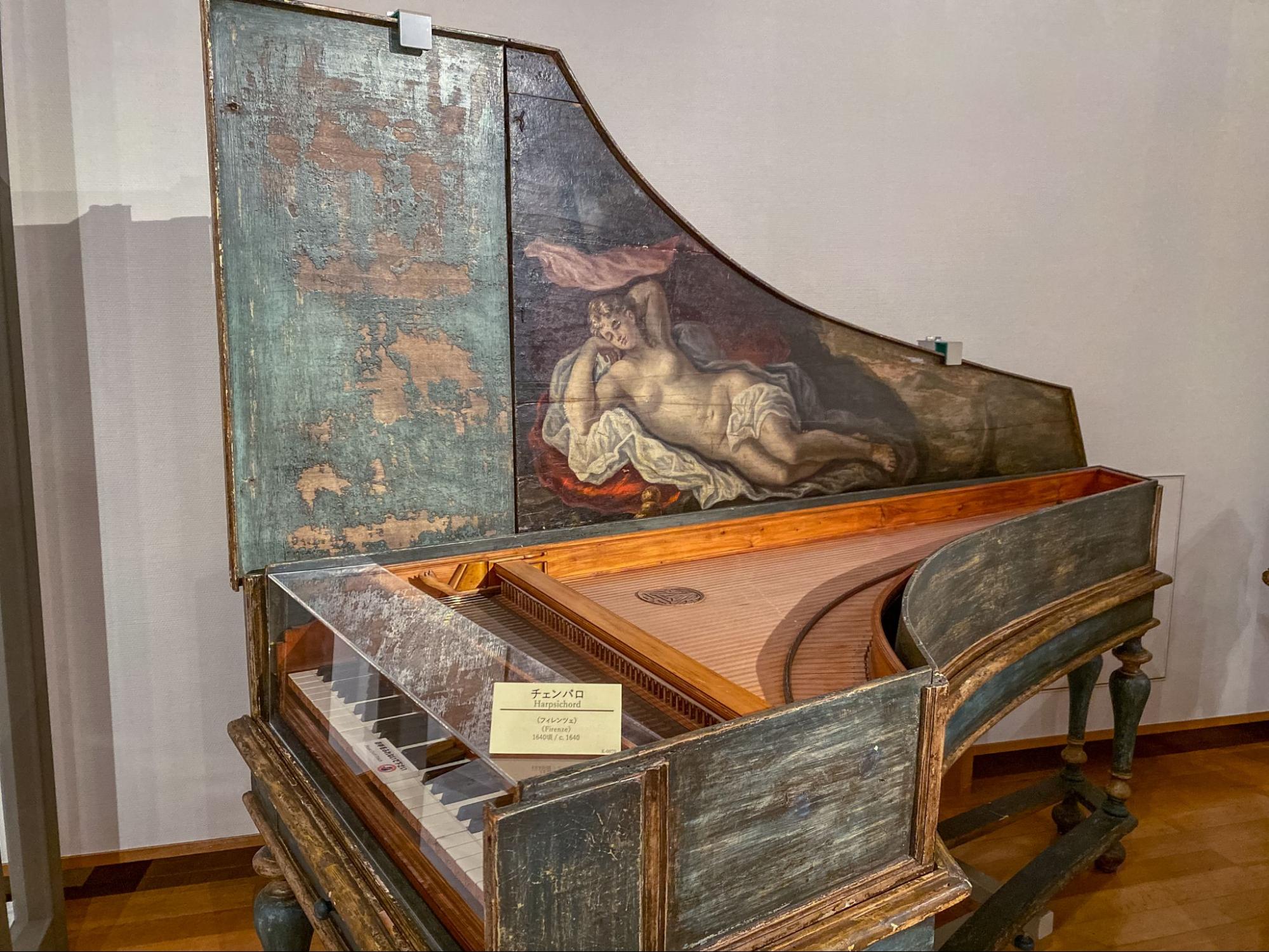
The Hamamatsu City Musical Instrument Museum has a national treasure-class harpsichord made in 1765 by the French master craftsman Blanchet. The atmosphere is just like a painting and makes your heart dance.


There are various keyboard instruments such as organ, harpsichord, and piano. All of them are filled with history, and you can take your time and look at them one by one.

There is also a section where visitors can actually experience the sound of a piano, so they can touch the keys and feel the sound.
Take a break at the café after playing musical instruments

This is the cafe "LOLO 3RD CAFE" next to the facility. There are plenty of sweets and drinks, mainly Italian. The stylish and sophisticated interior is attractive.

We recommend the "LOLO'S PANINI" (700 yen). You can enjoy the famous Italian sandwich panini. After ordering, it is grilled on a special grill, so you can enjoy it while it is still hot!

As for sweets, the "Rare Cheese Tart (450 yen)" is popular. The recipe has not changed since the opening, and everything is handmade from the tart dough. The rare cheese is very smooth and accented with moderately sour cheese cream.
LOLO 3RD CAFE
TEL: 053-451-3222
Business hours: 10:00-19:00
Holiday: Wednesday
The Hamamatsu Museum of Musical Instruments is where you can fully enjoy the charm of musical instruments. You can learn history at the same time. If you ever come to Hamamatsu, why not stop by at least once?
Photo / Shigemi Shimizu (One Life Communication Co., Ltd.)






![[Shizuoka Prefecture/Hamamatsu] 16 recommended renovation companies](https://life-designs.jp/wp/wp-content/uploads/2022/02/419aa15d26396df1532181b2219d0cd7-2-1024x683.jpg)
![[Hamamatsu, Shizuoka] "Hamanako Garden Park" is Perfect for Weekend Family Outings!](https://life-designs.jp/wp/wp-content/uploads/2022/09/85773bc23513bc086cf6fdd36f061362-1024x683.jpg)

![[Hamamatsu] SWEETS BANK, a Long-established Shunka-do Complex](https://life-designs.jp/wp/wp-content/uploads/2022/09/image29-2-1024x683.jpg)

![[Indoor Facilities] Where to Go on Rainy Days in Tokai Area! For Family Outings!](https://life-designs.jp/wp/wp-content/uploads/2023/07/FotoJet-23.jpg)





![[Nagoya-meshi] Nagoya's Speciality Dishes](https://life-designs.jp/wp/wp-content/uploads/2022/06/5ba2ca8c038fd4af7527bc0826367cfb-768x435.png)
![[Tokai Area] Place to Go on Rainy Days!](https://life-designs.jp/wp/wp-content/uploads/2022/03/f76405aaa33944a4ba88a131fbc56523-768x435.png)
![[Special Feature] Enjoy Outdoor Activities!](https://life-designs.jp/wp/wp-content/uploads/2019/12/LD_banner_w1920x1088_outdoor-1-1024x580.jpg)

![[Sauna Specials] Feel Revitalized in Sauna!](https://life-designs.jp/wp/wp-content/uploads/2021/07/Sauna-1024x580.jpg)
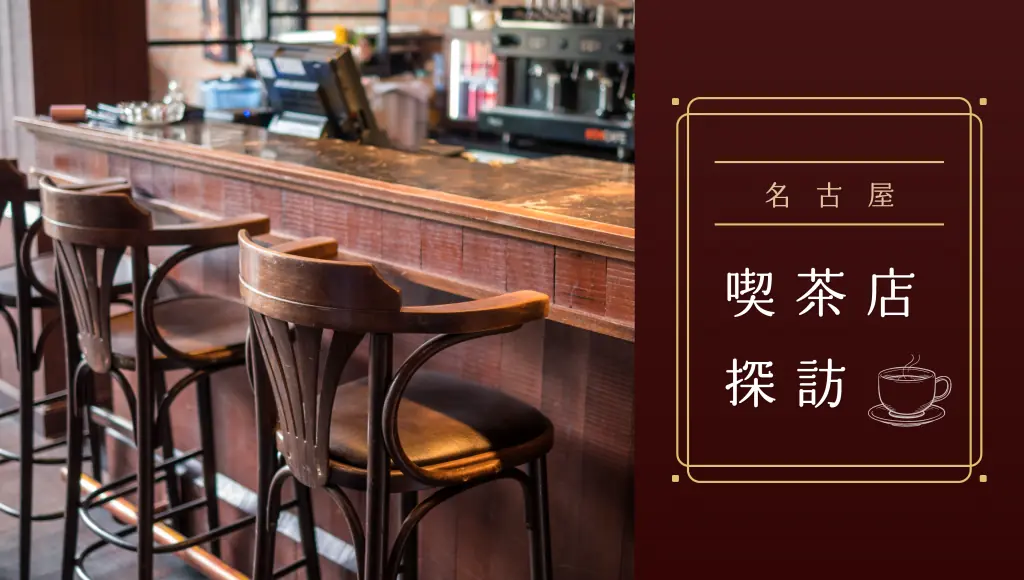


































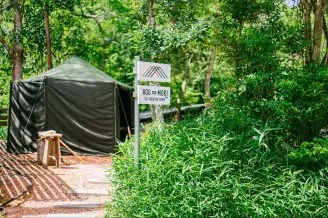


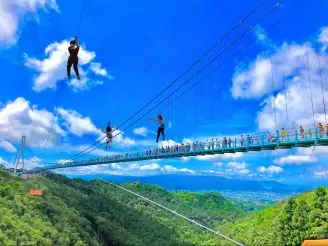



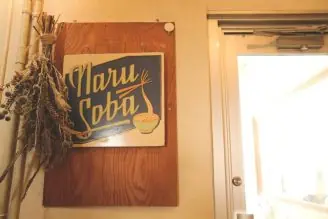





![[Indoor Facilities] Where to Go on Rainy Days in Tokai Area! For Family Outings!](https://life-designs.jp/wp/wp-content/uploads/2023/07/FotoJet-23-1024x768.jpg)
![Onigiri is hot right now! Summary of Osu's Onigiri Specialty Shops [5 selections].](https://life-designs.jp/wp/wp-content/uploads/2023/11/onigiri-1024x768.jpg)


![[10 selections] Recommended for Girls' Trip from Nagoya! Special feature on Hotels and Inns](https://life-designs.jp/wp/wp-content/uploads/2022/11/FotoJet-1-1024x768.jpg)
![[Within 2hrs by Car] 12 Outing Areas where You can Go on a Day Trip from Nagoya!](https://life-designs.jp/wp/wp-content/uploads/2023/07/odekake12_w1200h900_20240422-768x576.png)

![[Aichi, Gifu, Mie] 30 Family-Friendly Spots to Go in Winter!](https://life-designs.jp/wp/wp-content/uploads/2019/12/image21-1-150x106.png)

![[Nagoya, Aichi] Recommended Shops to Buy Tablewares around Nagoya](https://life-designs.jp/wp/wp-content/uploads/2019/11/image12-26-150x100.jpg)
